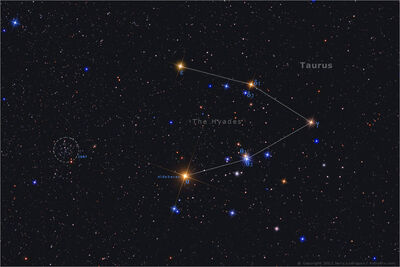THE SOUTHWORTH PLANETARIUM
70 Falmouth Street Portland, Maine 04103
(207) 780-4249 usm.maine.edu/planet
43.6667° N 70.2667° W
Altitude: 10 feet below sea level
Founded January 1970
2021-2022: LXXVII
"My brain, I believe, is the most beautiful part of my body"
-Shakira
-Shakira
THE DAILY ASTRONOMER
Thursday, February 3, 2022
February 2022 Night Sky Calendar Part II
TUESDAY, FEBRUARY 1: NEW MOON
Start of lunation cycle 1226 and the beginning of the Chinese Year of the Tiger.
WEDNESDAY, FEBRUARY 2: IMBOLC/GROUNDHOG'S DAY
We're passing winter's midpoint today: the day that marks the midway point between the winter solstice and the vernal equinox (11:32 a.m. on Sun, March 20th.) The proper term is cross-quarter day. We experience four such days each year:
- Imbolc/Groundhog's Day Feb 2 Midway point between the winter solstice and vernal equinox
- May Day/Beltane May 1 Midway point between the vernal equinox and summer solstice
- Lammas Aug 1 Midway point between the summer solstice and autumnal equinox
- Halloween/Samhain Oct 31 Midway point between the autumnal equinox and winter solstice
A hopeful sign for those beleaguered souls languishing under winter's ice-fisted dominion: astronomical winter is now half-over. Oh, and enjoy tomorrow's snow storm.
THURSDAY, FEBRUARY 3: MOON NEAR JUPITER (BRONZE EVENT!)
Tonight one will see the waxing crescent moon (8% illuminated) close to Jupiter in the western evening sky. Although both worlds will set before 7 p.m., one would be advised to find them both soon after sunset. Jupiter is now slightly brighter than Sirius, the night sky's brightest star.
FRIDAY, FEBRUARY 4: SATURN AT CONJUNCTION
Today, Saturn moves to the far side of the Sun relative to Earth. Naturally, we won't be able to see Saturn currently owing to its proximity to the Sun. We will watch for Saturn to return to the early morning sky by late winter/early spring.
The sixth world will rise into greater prominence by late spring/early summer and will next be at opposition on August 14, 2022.
TUESDAY, FEBRUARY 8: FIRST QUARTER MOON
WEDNESDAY, FEBRUARY 9: VENUS AT MAXIMUM BRIGHTNESS
Heavens above! If you have the opportunity, venture outside before dawn to behold that dazzling spectacle of a planet Venus. When seen in the eastern morning sky, Venus is known as the "morning star," And what a morning star it is! At magnitude -4.7, the second world is twenty times brighter than Sirius!
THURSDAY, FEBRUARY 10: MOON NEAR ALDEBARAN

Find the waxing gibbous moon (69% illuminated) "close" to Aldebaran, the brightest star in Taurus the Bull. Aldebaran is one of the six bright stars that are located close enough to the ecliptic so as to sometimes appear close to the moon. The other stars are Regulus (Leo), Spica (Virgo) and Antares (Scorpius).
Castor and Pollux (Gemini).
SUNDAY, FEBRUARY 13: MOON PASSES NEAR CASTOR AND POLLUX
See the waxing gibbous moon (91% illuminated) appear to glide past Castor and Pollux, the two brightest stars in the Gemini constellation. The moon will pass to the south of both stars. Over the course of the night, one can observe the moon first move "under" Castor and then "under" Pollux. Remember that the moon appears to shift its position by half a degree every hour: an apparent distance equal to its own angular diameter.
WEDNESDAY, FEBRUARY 16: FULL MOON
The moon will be full at 11:56 a.m. on February 16th. For whatever reason, February's full moon is often called the "Snow moon," or "Ice moon," or "Lover's moon." As the snowpack is generally at its heaviest this time of year, it is also known as the "Full Hunger moon."
Part III on Monday
Quiz tomorrow!
To subscribe or unsubscribe from the Daily Astronomer: